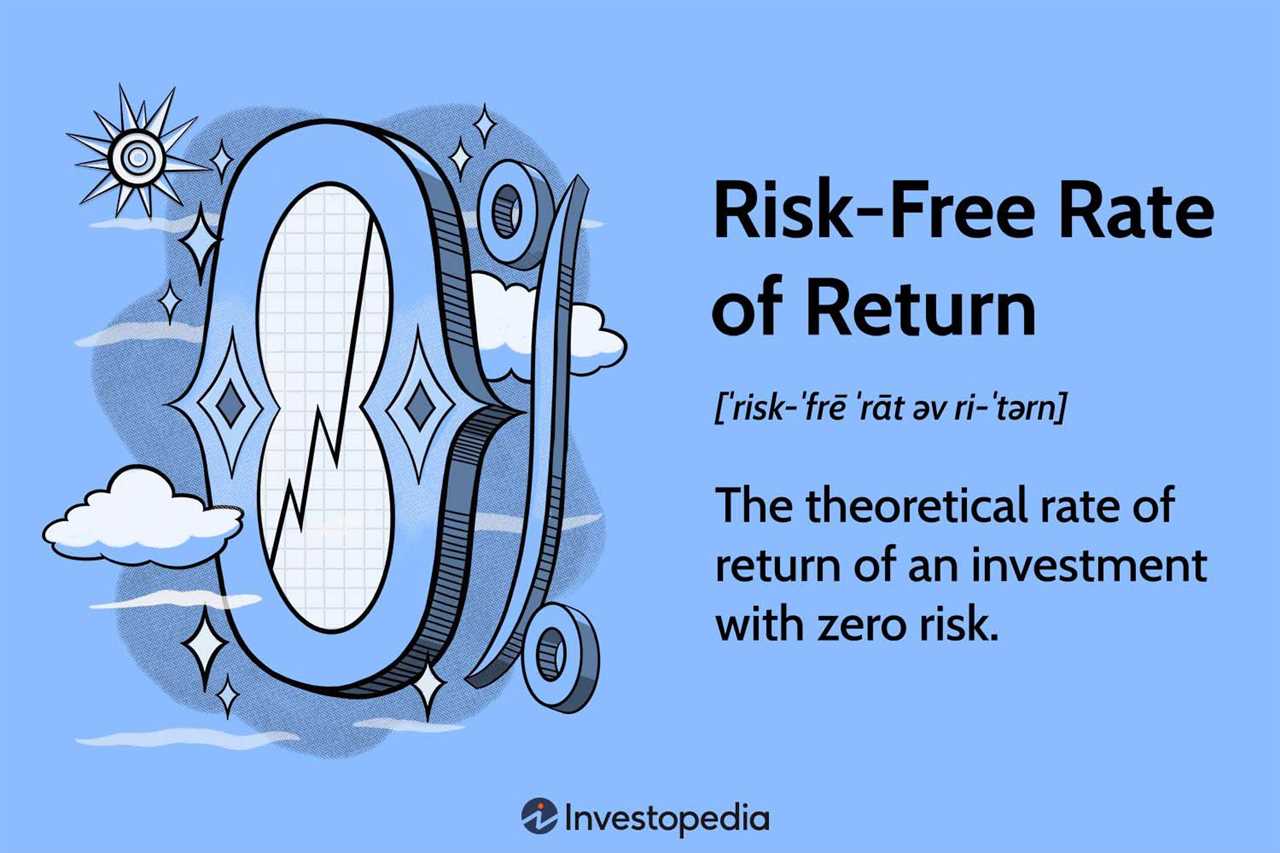Risk-Free Asset: Definition and Examples of Asset Types
A risk-free asset is an investment that carries no possibility of losing principal or earning a negative return. These assets are considered to have virtually no risk because the issuer or guarantor of the asset is highly creditworthy and has a low probability of defaulting on its obligations.
There are several types of assets that are commonly considered risk-free:
1. Treasury Bonds: These are debt securities issued by the government of a country. They are considered to be the safest investment because they are backed by the full faith and credit of the government. Treasury bonds have a fixed interest rate and a maturity date, at which point the principal is repaid to the investor.
2. Certificates of Deposit (CDs): CDs are time deposits offered by banks and credit unions. They have a fixed term, typically ranging from a few months to several years, and offer a fixed interest rate. CDs are insured by the Federal Deposit Insurance Corporation (FDIC) in the United States, making them a safe investment option.
3. Money Market Funds: Money market funds are mutual funds that invest in short-term, low-risk securities such as Treasury bills and commercial paper. They aim to maintain a stable net asset value of $1 per share and provide investors with a safe place to park their cash while earning a small return.
5. Bank Savings Accounts: Savings accounts offered by banks are considered to be low-risk investments. They are insured by the FDIC in the United States, up to a certain limit, making them a safe place to store cash while earning a small amount of interest.
While these assets are generally considered to be risk-free, it is important to note that all investments carry some degree of risk. Factors such as inflation, interest rate changes, and economic conditions can affect the value and returns of these assets. It is always recommended to diversify your investment portfolio and consult with a financial advisor before making any investment decisions.
Treasury Bonds

Features of Treasury Bonds

Treasury bonds have several key features that make them unique. First, they have a fixed interest rate, which means that investors will receive a set amount of interest on their investment over the life of the bond. This makes them a predictable and stable investment option.
Second, treasury bonds have a long maturity period, typically ranging from 10 to 30 years. This means that investors who purchase treasury bonds are committing to holding the investment for a significant period of time. However, treasury bonds can also be sold on the secondary market before they reach maturity.
Finally, treasury bonds are issued in large denominations, typically $1,000 or more. This means that they may not be accessible to all investors, particularly those with limited funds to invest.
Advantages of Treasury Bonds

There are several advantages to investing in treasury bonds. First and foremost, they are considered to be one of the safest investments available. This is because they are backed by the full faith and credit of the government, meaning that the likelihood of default is extremely low.
Second, treasury bonds provide a fixed income stream in the form of interest payments. This can be particularly attractive to investors who are seeking a stable source of income, such as retirees.
Finally, treasury bonds can be used as a diversification tool in an investment portfolio. By including treasury bonds in a portfolio, investors can reduce their overall risk by adding a low-risk asset to the mix.
Disadvantages of Treasury Bonds
Second, treasury bonds have a long maturity period, which means that investors must be willing to tie up their money for an extended period of time. This lack of liquidity can be a disadvantage for investors who may need access to their funds in the short term.
Finally, treasury bonds are subject to interest rate risk. If interest rates rise after an investor purchases a treasury bond, the value of the bond may decrease. This can result in a loss of principal if the investor chooses to sell the bond before it reaches maturity.
Conclusion
Treasury bonds are a popular choice for investors seeking a low-risk, stable investment option. They offer a fixed interest rate, long maturity period, and are backed by the government. While they have some disadvantages, such as a low interest rate and lack of liquidity, treasury bonds can be a valuable addition to an investment portfolio.

Emily Bibb simplifies finance through bestselling books and articles, bridging complex concepts for everyday understanding. Engaging audiences via social media, she shares insights for financial success. Active in seminars and philanthropy, Bibb aims to create a more financially informed society, driven by her passion for empowering others.
